Overview
Overview of the currently released Vitis vinifera transcriptomes.
| GeoAccession | SampleNumber | Cultivar | Year | Tissues | Contributor | Motivations And Characteristics |
|---|
page 1 of
Functional annotation
Select a version:
Gene ID:
Functional annotation of T2T.v5 transcript is listed below:
| Gene ID | ID Convert | Gene Symbol | ArabiSymbol | BestHitArabiName | PFAM | Panther | GO | KEGG | KOG |
|---|
page 1 of
Disease
Introduction
Plants are stunted, wilted, or die due to factors such as bacteria, fungi, viruses, algae, unsuitable climate, or soil. Diseases are divided into two categories: infectious and non-infective.In the GEDG, we have collected and processed 14 sets of RNA-seq datasets.




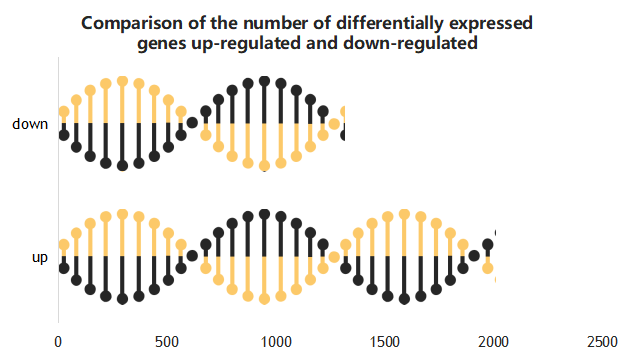
page 1 of
Pest
Introduction
Pest stress not only damages the leaves and fruits of plants, resulting in reduced yield and quality, but also destroys the root system of plants and affects their normal growth and development. In order to cope with pest stress, prevention strategies are often adopted in agricultural practice, such as selecting varieties with good resistance to diseases and pests for planting, and strengthening field management.In the GEDG, we have collected and processed 1 sets of RNA-seq datasets.



page 1 of
Drought
Introduction
Drought significantly inhibits plant growth due to a lack of available water.Drought leads to infiltration stress, which is a major natural disaster that reduces crop yields. Since Darwin's time, scientists have explored the mechanisms by which plants perceive and respond to drought stress.In the GEDG, we have collected and processed 1 sets of RNA-seq datasets.
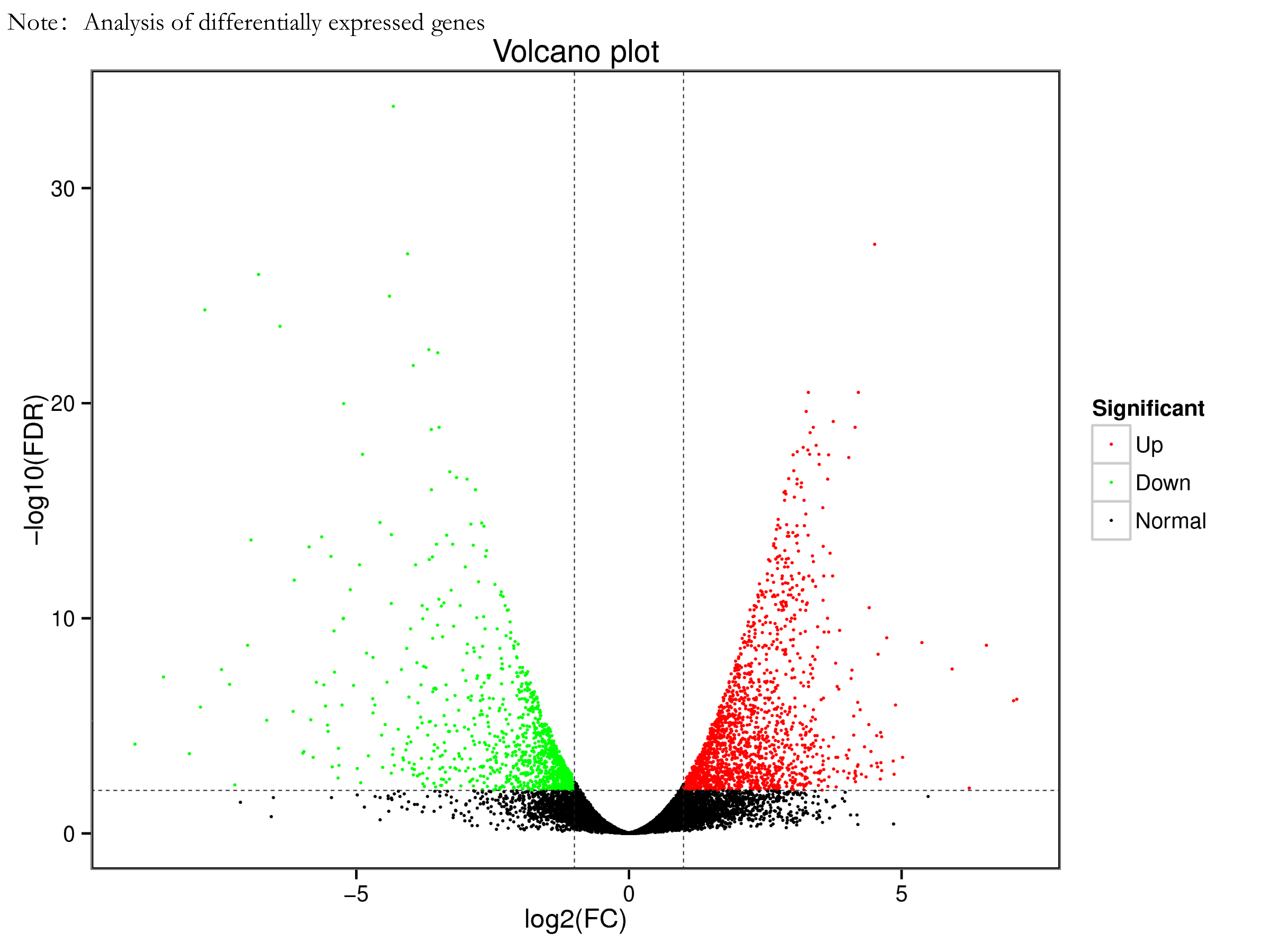



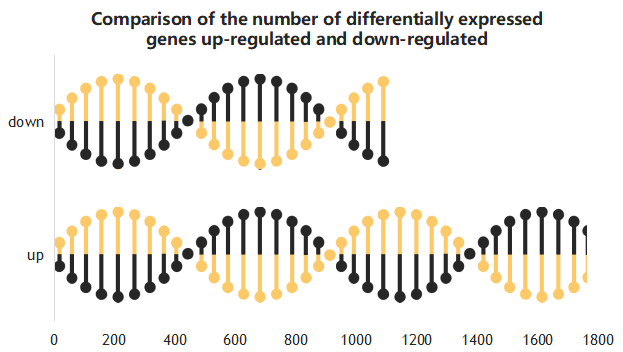
page 1 of
Frozen
Introduction
Chilling injury, a kind of agrometeorological disaster, that is, during the growing season, crops are damaged due to the temperature dropping below the low limit that fertility can bear, resulting in physiological disorders of crops, or damage to fruiting organs, and ultimately leading to the failure of normal growth and fruiting and reducing yield.In the GEDG, we have collected and processed 2 sets of RNA-seq datasets.



page 1 of
Heat
Introduction
Heat stress is one of the important ecological factors affecting plant physiological processes. In recent years, with the global warming, the impact of heat stress on plants has become more and more significantIn the GEDG, we have collected and processed 1 sets of RNA-seq datasets.





page 1 of
Hormone
Introduction
Hormones are chemical information substances synthesized and directly secreted into the blood by highly differentiated endocrine cells, which affect the physiological activities of the human body by regulating the metabolic activities of various tissue cells. Substances that are highly effective bioactive substances secreted by endocrine glands or endocrine cells, which act as messengers in the body to transmit information and regulate the physiological processes of the body are called hormones.In the GEDG, we have collected and processed 3 sets of RNA-seq datasets.




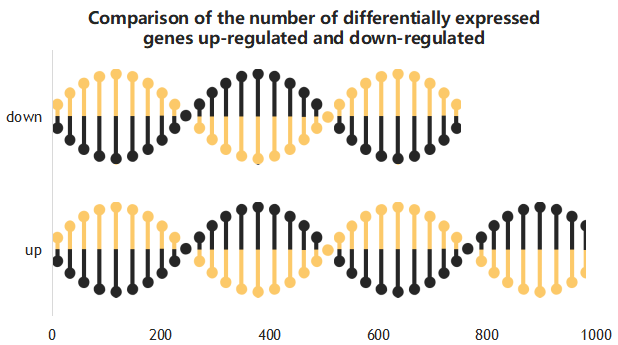
page 1 of
Nitrogen
Introduction
Nitrogen is the most abundant element in the air, which is widely found in nature and has a great effect in living organisms, and is one of the basic elements that make up amino acid.In the GEDG, we have collected and processed 1 sets of RNA-seq datasets.



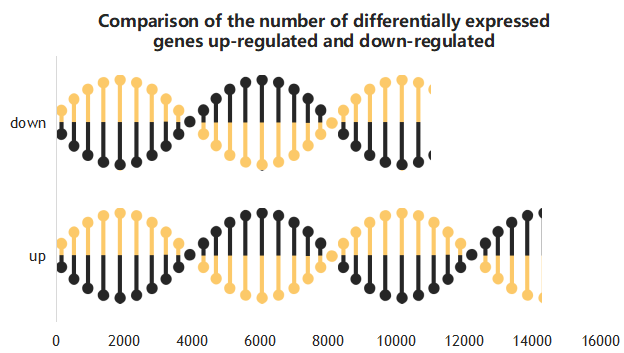
page 1 of
Light
Introduction
Light plays an important role in photosynthesis of plants, provides radiation energy for plants, regulates the growth and development of plants, and plays a role in the differentiation of plant seedlings; can promote the growth of roots, stems and leaves of plants, affect the accumulation of organic matter in seeds, and can also promote the germination of seeds, and is conducive to the transportation of internal substances in plants.In the GEDG, we have collected and processed 7 sets of RNA-seq datasets.





page 1 of
Climate
Introduction
Plants exposed to a variety of abiotic and biotic stressors, including environmental pollution and global warming, pose a significant threat to biodiversity and ecosystem services. In recent years, remarkable results have been achieved in the study of plant adaptation to abiotic stress.In the GEDG, we have collected and processed 2 sets of RNA-seq datasets.



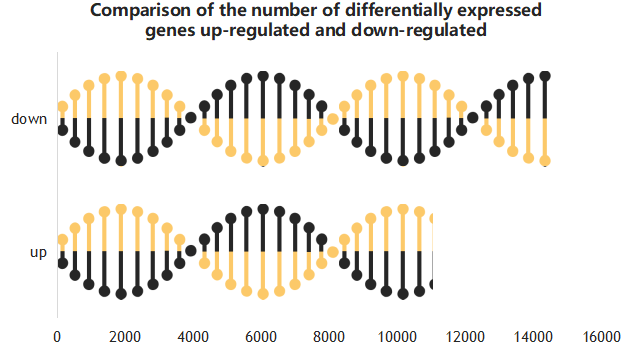
page 1 of
Growth and development
Introduction
Plant growth refers to the irreversible growth of plant tissues, organs and the whole as a whole in terms of volume and weight due to the division and enlargement of cells, which is a quantitative change. Plant development refers to the process by which cells grow and differentiate into tissues and organs that perform various functions during the life cycle of plants.In the GEDG, we have collected and processed 16 sets of RNA-seq datasets.




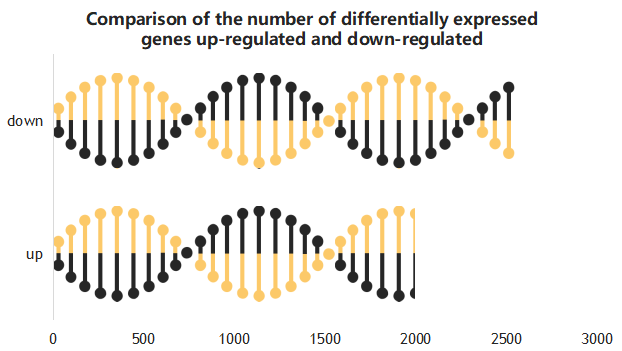
page 1 of
Chromosome Ploidy
Introduction
Chromosome ploidy refers to the number of chromosomes or genomes contained in a cell. Such as haploid staining, polyploid staining.Polyploidy formed from the same source set of chromosomes is called homopolyploidy, and polyploidy formed from different sets of chromosomes of different origin is called heteropolyploidy. Also, cells or individuals with an unformed set of chromosomes are called aneuploidy or heploidy.In the GEDG, we have collected and processed 1 sets of RNA-seq datasets.



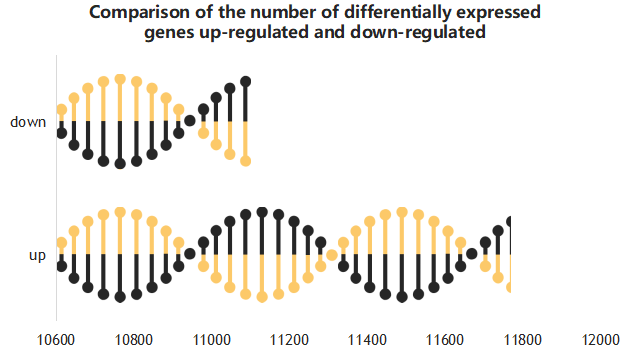
page 1 of